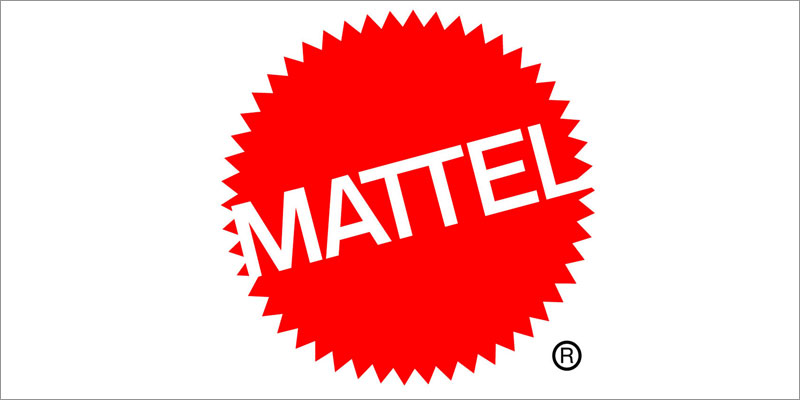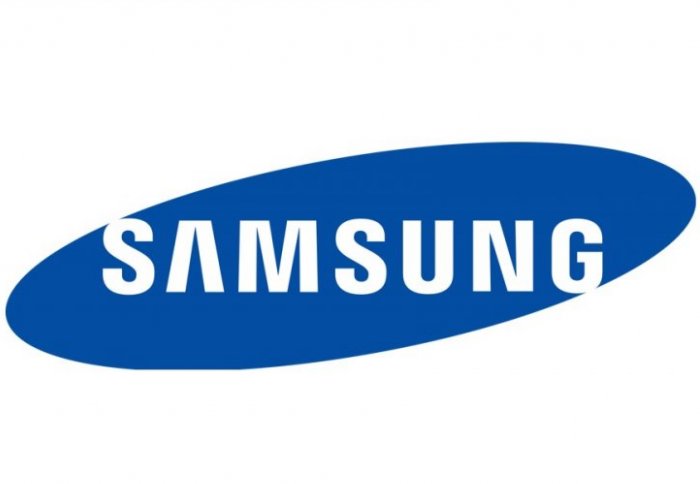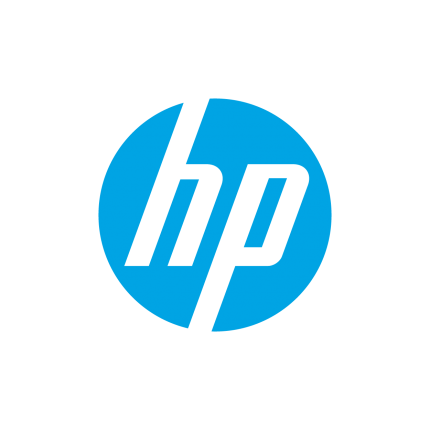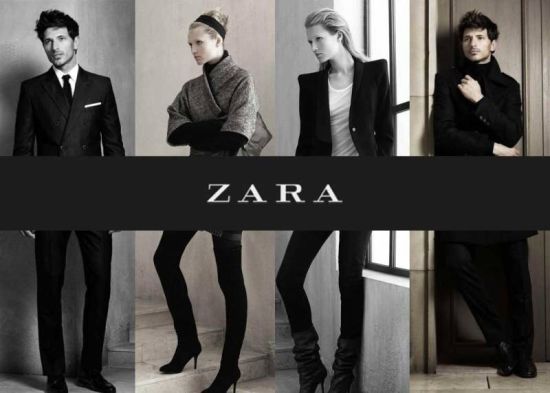Tesco PLC is a British merchandise retailer that was founded in 1919 by Jack Cohen. It has operations in 12 countries around the world. It is the largest retailer in the U.K. with more than 530,000 employees. Currently, Tesco serves more than 75 million customers every week. Tesco is present in Malaysia, India, Czech Republic, Hungary, Ireland, Poland, and China. The retailer is the third largest in the world in terms of revenues and a market capitalization of more than £20.5 billion in 2013. After its founding, Tesco operated for many years selling grocery only in the U.K. Today, the multinational retailer has diversified its operations into other areas that include electronics, furniture, software, clothing, books, internet services, and financial services. The company has good online presence and makes great sales through its website. The success of Tesco has been studied for a very long time because of its size and Continue reading
Business Analysis
In today’s complex business environment, an organization’s adaptability, agility, and ability to manage constant change through innovation can be keys to success. Traditional methods may no longer lead to reaching objectives when economic conditions are unfavorable. That’s where business analysis comes in. The basic idea of business analysis is quite simple. It is the practice of identifying and clarifying a problem or issue within a company, then working with the various stakeholders to define and implement an acceptable solution.
SWOT Analysis of Mattel
Mattel was started in 1945 by Harold Mattson and Eliot Handler. The company was primarily focused on manufacturing doll-house furniture. Mattson eventually sold his ownership share to Handler and the company went on to manufacture a wide variety of toys. In addition to manufacturing toys, Mattel decided to sponsor the Walt Disney Mickey Mouse Club in 1955, which was a pioneering and very successful marketing step which provided direct access to millions of young potential customers. The famous Barbie (named after Eliot Handler’s daughter) was brought to market in 1959 and the company went public in 1960. After going public, gross sales increased to $75 million and the famous Hot Wheels line was launched in 1968. Over the next 20 years, there was a series of management and changes in strategy — the Handlers were forcibly removed from management in 1074 and the company proceeded to acquire non-toy business, such Continue reading
Porters Five Forces Analysis of Samsung
Samsung Electronics Co., Ltd. is a worldwide electronics company founded in 1938, with its headquarters in South Korea. Along with its subsidiaries, Samsung Electronics is responsible for the production, distribution and sale of a wide range of devices and electronic products throughout the world. The products that Samsung Electronics produces are developed both for individual consumers as well as for industries, and the company is also responsible for the development of network systems. In 2009, Samsung Electronics had been in business for 40 years, and was ranked number one in terms of sales for all global information technology (IT) companies for the first time. Currently, Samsung Electronics boasts around 30% of the global market share for smartphones, and has seen growth in other markets also. Samsung Electronics is also renowned for its innovation, receiving 30 Innovation Awards at the Consumer Electronics Show in 2012, which is considered to be the Continue reading
Porter’s Five Forces Analysis of Hewlett Packard (HP)
Hewlett-Packard is categorized in the Diversified Computer Systems industry of the Technology sector. Within the Computer Systems industry Hewlett-Packard has many high profile competitors such as: Canon, Dell, IBM, Apple, and Cisco Systems. The Computer Systems industry contains a large range of products including but not limited to: desktop computers, personal notebooks, printers, scanners, cameras, and different software programs. Most companies, such as Dell, Apple or Gateway, tend to be limited to a small product range. Compared to other industry competitors, Hewlett-Packard has a wide variety of consumer products. This gives HP a competitive advantage in the consumer market due to their brand name coverage in the technology industry. Hewlett-Packard offers desktops, notebooks, handhelds (pocket PC’s), monitors, home networking, televisions, digital photography, printers and printing supplies. Hewlett-Packard does not specialize in just one product line. With new technology innovations, some of their previously lesser known lines have grown to be Continue reading
SWOT Analysis of Tesla Motors
Tesla, Inc. is an American company that specializes in electric automobiles, energy storage, and solar panel manufacturing. Founded in 2003, Tesla has recently disrupted many industries, most notably the auto industry. Tesla’s focus on electric power vehicles, lithium-ion battery, and energy storage set itself apart from their competitors. Tesla has expanded its focus from simply building the best electric car to paving the way for autonomous vehicles, solar power, and so much more. The main message of Tesla, Inc.’s mission is “to accelerate the advent of sustainable transport by bringing compelling mass market electric cars to market as soon as possible”. This demonstration of leadership and shared knowledge expresses their overall effort to accelerate the advent of sustainable transport. While it isn’t common for a company to hope their competitors copy their products, this is exactly what CEO, Elon Musk, hopes for. While Tesla is a business, it is more Continue reading
Case Study of Zara: A Better Fashion Business Model
Zara is one of the most well known brands in the world and is also one of the largest international fashion companies. They are the third largest brand in the garment industry and are a unit of Inditex. It their flagship range of chain stores and are headquartered in Spain. Zara opened its first outlet in Spain in 1975. The headquarters of the company is based in Galicia. There are more than 2600 stores across 73 countries in the world. The Zara clothing line accounts for a huge bulk of its parent group’s revenues. There are other clothing brands owned by Inditex such as Kiddy ´s Class (children’s fashion), Pull and Bear (youth casual clothes), Massimo Dutti (quality and conventional fashion), Bershka (avant-garde clothing), Stradivarius (trendy garments for young woman), Oysho (undergarment chain) and Zara Home (household textiles). Inditex owns all Zara outlets except for places where they are not Continue reading





